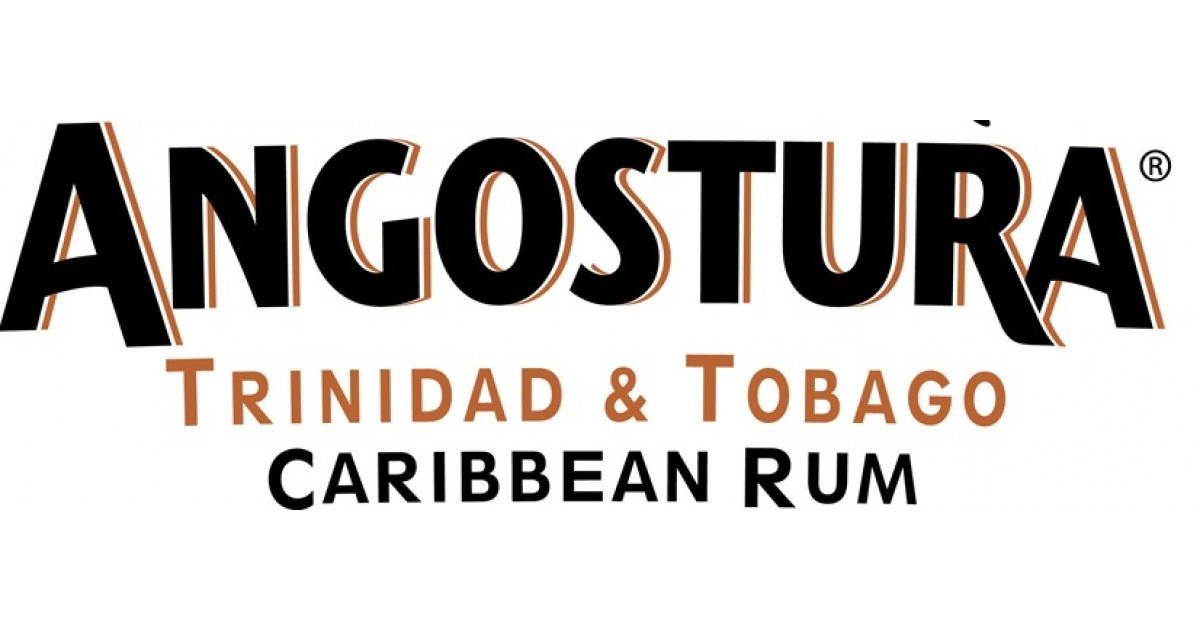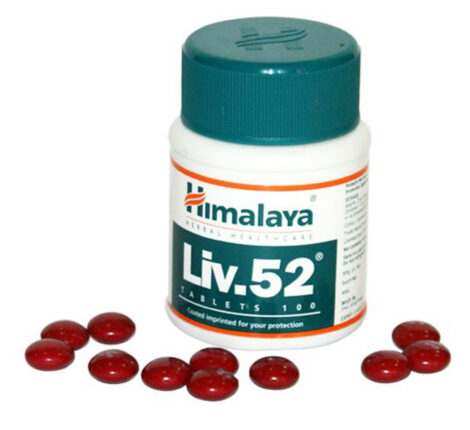The Contribution Of The Angosutra To The Carribean Twin Islands
Introduction
The Caribbean Sea is a warm, wealthy, and varied area home to hundreds of islands with distinct cultures, economics, and a population of over 30 million people. Trinidad and Tobago, one of the region’s thirteen sovereign nations and seventeen dependent territories, is a hilly and forest-covered nation with one of the most industrialized economies in the Caribbean, with roughly 1.3 million population and a thriving energy industry. The forest-covered islands in the Trinidad and Tobago also offers ideal conditions for sugar cane cultivation, which has also sparked the country’s rum and bitters business. The country has time and again being benefited from its strong agricultural heritage and is a significant producer of alcoholic drinks, which account for about US$40 million in yearly exports.
Trinidad and Tobago had started this centuries-old history of distilling rum after the arrival of the Europeans. Rum is an alcoholic beverage manufactured from molasses and is a by-product of sugar cane farming. Angostura Limited (Angostura) is one corporation that has impacted the Trinidad and Tobago economy via the use of a rich intellectual property (IP) portfolio comprised of trade secrets, trademarks, and domain names.
Goods with Specific Geographical Origin
Angostura Bitters, the most renowned product, is produced from local ingredients to Trinidad and Tobago. The company’s Orange Bitters are created from oranges that have been made and chosen by hand in Trinidad and Tobago. However, as the firm grew, it began to specialize in rum goods manufactured from sugar cane and have a long history in the Caribbean.
Sugar cane accounts for over 80% of global sugar production and is considered domesticated as long back as 10,000 years ago in South-east Asia. When colonial settlers first landed on the twin islands, they were greeted with a tropical environment moderated by trade breezes, with temperatures ranging from 22 to 31 degrees Celsius. As a result, the islands of Trinidad and Tobago, with an average annual rainfall of 1,600 millimeters and a distinct wet and dry season, provided the perfect environment for sugar cane to thrive.
Angostura has been able to use the local environment to develop goods with worldwide appeal, thanks to a long history of local sugar cane agriculture and locally obtained ingredients for their bitter’s products.
Traditional Knowledge
The minister of Trade, Industry, Investment and Communications (MTIIC), Vasant Bharath told the country that, ‘Trinidad and Tobago’s culture and history are linked with the history of rum, stretching back to the days of our sugar cane plantations’. He further added that the volume of sugar cane agriculture in the nation makes Trinidad and Tobago a perfect site for rum manufacture, distilled from molasses. After being introduced in the late 1700s, Tobago became one of the major sugar producers in the area by the late 1800s, with Trinidadian workers earning higher than many of their Caribbean peers.
Sugar cane cultivation was a significant part of sugar cane plantation activity in the Caribbean islands such as Trinidad and Tobago until, oil was discovered in the country. Those involved in sugar cane cultivation kept the traditional knowledge they learned, which included rum distillation and was a significant part of sugar cane plantation activity throughout the crop’s history in Caribbean islands such as Trinidad and Tobago.
Angostura’s bitters, like rum, have a centuries-old heritage that has remained intact from the firm’s founding in the year 1824, according to the business. The bitters are made by infusing herbs, seeds, bark, fruit, peels, or roots in alcohol and extracting their essence. The ingredients are blended according to a patented recipe, then crushed, filtered, and infused in 97 per cent alcohol vats before being bottled and ready for shipment to more than a hundred nations. As a result, Angostura has built and preserved an ancient but effective IP portfolio by combining its historical skills of rum distillation and bitters manufacture.
Branding
Angostura has built its brands as those associated with items that offer the essence of Trinidad and Tobago to its consumers, based on a long and rich heritage. The Angostura Bitters brand has acquired up to 90% of the Trinidad and Tobago market and is also recognized internationally due to its durability. In addition, the company’s bitters have the remarkable virtue of containing 44.7 per cent alcohol by volume yet being consumed in such tiny quantities that the alcohol concentration is so low that it may be termed non-alcoholic. As a result, Angostura Bitters is advertised as a brand that may enhance the tastes of juice, ice cream, and marinades in addition to cocktails.
The enormous label that the bottle is housed in is perhaps the most unusual part of Angostura Bitters. There are a lot of controversies surrounding the large branding and corporate executives have indicated that it is due to the bottle and label being developed independently. The bottle was created by one of Dr Siegert’s sons, while the brand was developed by the other, and neither consulted the other, resulting in an enlarged label. Since then, it has become an inseparable element of the company’s identity.
Angostura’s inaugural product’s success led the business to branch out into rum distilling, where it remains a prominent player in specialized rum markets. The company embarked on a rebranding project for its five primary rum brands in 2010. In 2014, the firm debuted a new brand, Amaro di Angostura, to commemorate its 190th anniversary.
Amaro di Angostura is a unique mixture of its bitters and rum, with packaging inspired by its enormous label. Angostura has maintained its position as a critical player in the US and one of the most well-known worldwide bitters producers and a niche rum maker overseas, thanks to these efforts.
Trade Secret, Trademark and Domain Name
With its principal IP approximately being 200 years old, Angostura has discovered that employing trade secrets is the best method to secure its goods. To that end, the corporation keeps a mystery that has been the foundation of its success under lock and key, guaranteeing that the trade secret does not slip into the hands of any third party. It is pertinent to note that, only five business directors could visit the chamber where Angostura Bitters’ components were blended. As a result of these precautions, the formula has remained a secret since 1824, and the firm has remained competitive.
Trademarks are another essential way Angostura protects its intellectual property. Domestically, the company has filed over 40 trademark applications with Trinidad and Tobago’s Intellectual Property Office which dates to the late 1800s, including the Angostura name (registered in 1910), Angostura Aromatic Bitters (recorded in 1951), Angostura Orange Bitters, and rum products like Angostura Single Barrel (recorded in 2013). In addition, the trademark was also filed in various countries like the United States, Australia, Mexico, the Republic of Korea, Europe etc.
Angostura additionally utilizes domain names and digital media to engage with consumers and reach a broader audience. The firm also owns the domain names, angostura.com and angosturabitters.com, which give further information about its products, business history, and aims as of 2014. Angostura has preserved its IP and developed from a firm that only created one product to one of the Caribbean’s most extensive rum makers by combining trade secrets, trademarks, and domain names.
Protection of Centuries-Old Tradition
Even though much has changed in the world since Dr Seigert created his bitters recipe, it has remained unchanged for over two centuries. Angostura has maintained a strong position in an increasingly competitive industry by closely protecting it as a trade secret and generating additional IP assets and strong brand identities. If the formula can be secured using IP smartly, it might assist Angostura and the Trinidad and Tobago economy to thrive for years to come.




